Lynmouth to Coombe Martin, 23km, 1,148km ascending, 2,666m accumulative, highest point 318m
Today was day three of our walk and it always takes us three days to get to find our rhythm. Sure enough we felt good today and had a wonderful day. Many highlights today including a Victorian engineering delight, rocky crags and pinnacles, deep and steep valleys, dark forests, wide open spaces and a high climb.
Connecting Lynmouth village with Lynton town above it is the Lynton and Lynmouth Cliff Railway. The highest and steepest fully water powered railway in the world. This funicular railway was built in 1888 and rises 500 feet on 862 feet of steep track, with a gradient of 57%. The two cars are connected by a continuous cable and operate on a simple balancing principle. Each car has a 700 gallon water tank. The tank on the top passenger car is filled and the tank on the bottom car is emptied until the heavier top car descends and pulls the lower car up the incline. Speed is controlled by each driver using the Deadman’s Handle, a braking system engineered and patented for this railway. This is a great example of Victorian engineering ingenuity and entrepreneurial prowess.
After only a few kilometres we came to the weird and mysterious landscape of the Valley of Rocks. This is a group of peculiarly weathered rock formations formed by the last Ice Age. It is unusual for Devon and Exmoor in that it runs parallel to the coast rather than perpendicular. There are many myths and legends related to the rock formations with stories about strange inhabitants, including the devil. The names given to some of the rocks hint at the myths – the Devil’s Cheesering, Ragged Jack and Castle rock. Today the inhabitants are huge birds of prey that soar and swoop over the cliffs and feral goats who have lived here as far back as Neolithic times.
Passing by Lee Abbey, built in 1850, and an evacuated boys school in WWII, it is now a Christian conference centre, we entered a long stretch of cool dark woodland. Very nice on a day that was warming up. The only issue was we were on a minor but quite busy road and there was little room for cars to pass and for us to jump out of the way. Along the way was the quite impressive Hollow Brook Waterfall.
Leaving the woods and coming out on the cliffs we came to the dramatic Heddon’s Mouth valley, a deep and steep crevice carved through the cliffs. A long climb down through woodland to a stone bridge over the river and a long climb back up the other side, this time out in the open. It is one of the steepest valleys in England. Some more spectacular cliff top walking before crossing the wide open spaces of Holdstone Down. Bare and scrubby with gorse, heather and bracken and nowhere to sit down for lunch and get out of the sun. Fortunately the path was wide and flat and grassed which made it a joy to walk on.
After another deep plunge into a valley we started the biggest climb of the day to the top of Great Hangman. This the highest point on the whole 1000km of the South West Coast Path at 318m. The climb starts at 140m so we weren’t doing the full height from sea level. On its northern side it is Britain’s highest sea cliff, with a vertical face of 250m. The climb started steeply but eased off to a long gentle gradient, all out in the open, but not a breath of wind. At the top was a stone cairn, more a pile of stones really, and wide views out over the sea and inland over Exmoor. From here downhill all the way, past Little Hangman to the Channel Vista Guesthouse in Coombe Martin.
There are many places that include ‘coombe’. This a steep sided, narrow valley. It is sometimes used to mean a small valley through which a watercourse does not run.
I forgot to mention yesterday that we passed from Somerset into Devon although there was nothing to indicate you had crossed the county line. Of the 1000km SWCP only about the first 20km are in Somerset.
After walking 800km across Spain, 500km around Ireland and 500km on the SWCP last year, I have developed my first blister. Same shoes, same socks, but you are never safe from getting blisters. Thankfully after using some of Barbara’s wool-it and ‘magic cream’ today it was okay and is mending nicely.
- Lorna Doone breakfast room
- Lorna Doone Guesthouse
- Lynmouth
- Lynmouth
- Lynmouth
- Lynmouth
- Lynmouth
- Lynmouth
- Lynmouth
- Lynmouth
- Lynmouth
- Walking Man sculpture Lynmouth
- Walking Man sculpture Lynmouth
- Cliff Railway
- Cliff Railway
- Cliff Railway
- Cliff Railway
- Lynmouth
- Cliff Railway
- Cliff Railway
- Cliff Railway
- Cliff Railway
- Cliff Railway
- Lynton
- Lynton
- Lynton
- Lynton
- Lynton
- Lynton
- Lynton
- Cliff Railway
- Lynton chimnies
- Valley of the Rocks
- Valley of the Rocks
- Valley of the Rocks
- Valley of the Rocks
- Valley of the Rocks
- Valley of the Rocks
- Valley of the Rocks
- Valley of the Rocks
- Valley of the Rocks
- Valley of the Rocks
- Valley of the Rocks
- Tight squeeze
- Lee Abbey
- Lee Abbey
- Lee Abbey
- Valley of the Rocks
- Tight squeeze
- Tight squeeze
- What !!!!
- Cool in the woods
- Hollow Brook Waterfall
- Cliff top walking
- Cliff top walking
- Heddon’s Mouth
- Heddon’s Mouth
- Cliff top walking
- Cliff top walking
- Heddon’s Mouth
- Heddon’s Mouth
- Heddon’s Mouth
- Lunch rest
- A tree of red berries
- Holdstone Down
- Holdstone Down
- Holdstone Down
- Paul is getting bored
- Climbing Great Hangman
- Climbing Great Hangman
- Climbing Great Hangman
- Climbing Great Hangman
- Great Hangman
- Great Hangman
- Great Hangman
- Great Hangman
- Great Hangman Cairn
- Descending Great Hangman
- Little Hangman
- Nearing Coombe Martin
- Channel Vista Coombe Martin
- Channel Vista Coombe Martin
- Channel Vista Coombe Martin
- The Dolphin Inn Coombe Martin
- The Dolphin Inn Coombe Martin
- The Dolphin Inn Coombe Martin


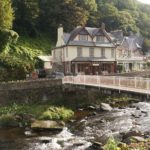
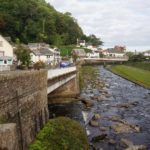
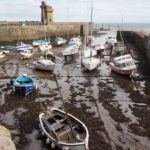
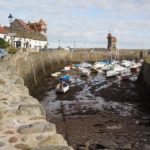

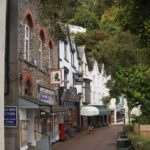


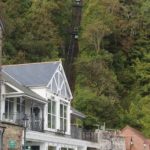
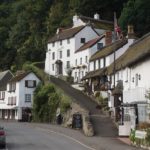
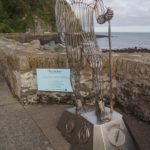
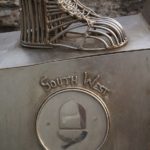


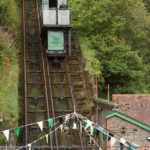
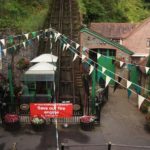
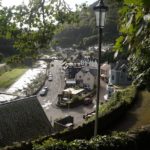
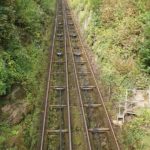
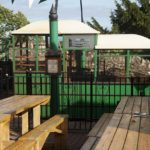
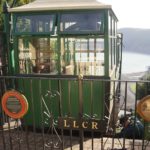
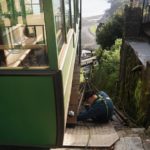


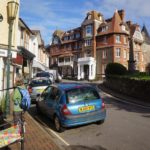
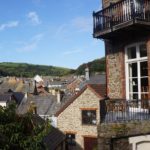


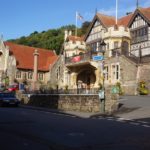

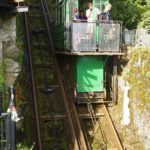
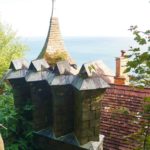

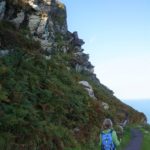


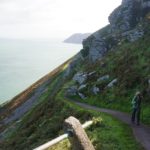
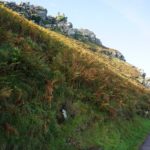
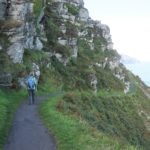

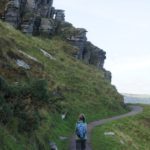
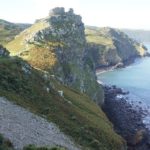
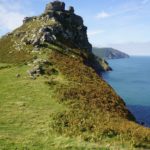

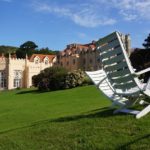
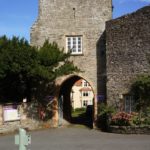
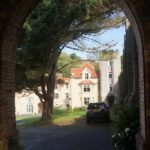
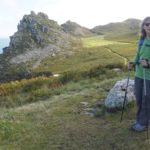

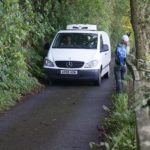

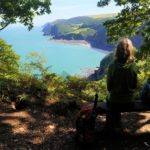
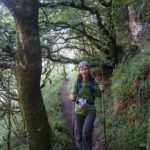
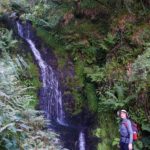
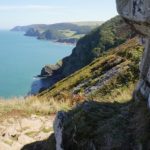
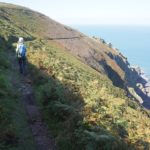
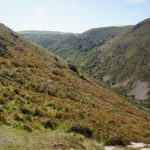
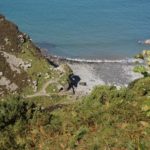
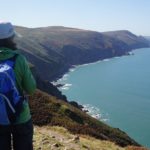
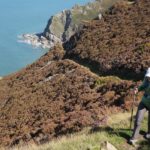
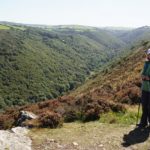
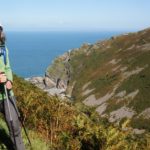
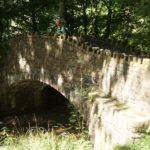
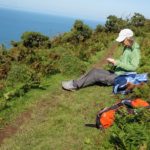

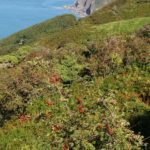
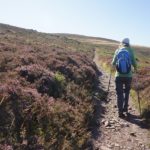
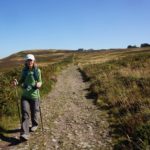

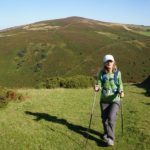
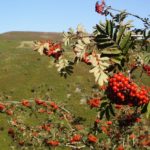
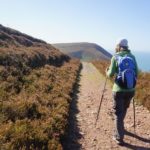
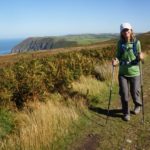
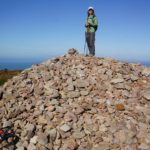
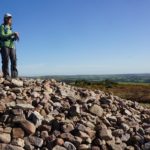


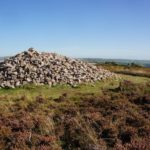
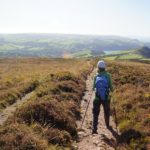
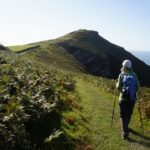
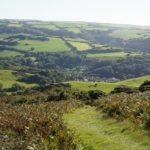
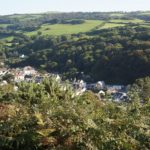






Great to see photos of Lynton and Lynmouth, we also visited these towns in 1999. Also went on the funicular railway, facinating history about the great flood in Lynmouth, can’t remember the dates. Your cliff top walk looked amazing, wonderful views, I can imagine in windy weather it would be a mission to stand upright, perfect timing for you.
We had similar experiences with walking the narrow country roads around Cholsey. Rob and I went for a walk on cousin Penny’s farm, took a wrong turning and ended up in a village several miles from the farm house. We had to walk on those narrow roads in a heavy downpour of rain with large farm machinery and many cars passing. We were lucky in that there was a raised verge in places which we climbed up and down on. Not the best way to get around the UK.
The flood was in 1952. I recently heard a programme that claimed that it was caused by the RAF practicing seeding clouds!
Loving the blog
Ann